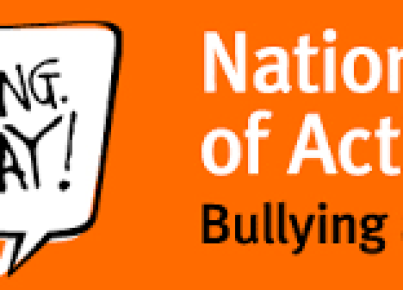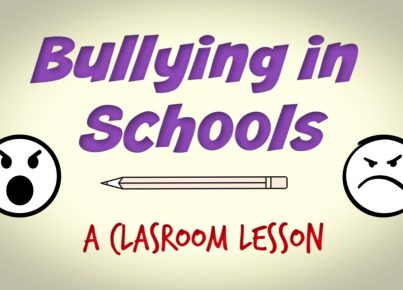Introduction:
Bullying continues to be a prevalent issue in schools worldwide, affecting children of all ages. As educators and parents strive to create a safe environment for children, it has become increasingly important to address bullying and empower bystanders to take a stand. In this article, we will discuss the Teacher Report on helping bystanders to bullying speak out and explore how educators can implement effective strategies in their classrooms.
Understanding the role of bystanders in bullying:
Bystanders play a crucial role in bullying incidents. They are often present when bullying occurs and can either contribute to the problem or help put an end to it. Research has shown that when bystanders intervene in a bullying situation, instances of bullying are more likely to stop.
However, many bystanders hesitate to act due to fear of retaliation, lack of knowledge on what actions to take, or concern about making the situation worse. Consequently, it is essential for educators to teach students how to recognize the signs of bullying and provide them with tools and strategies for taking appropriate action.
Strategies for encouraging bystanders to speak out:
1. Promote a positive school culture: Creating a school environment based on trust, respect, and inclusivity encourages all students – including bystanders – to be more likely to report incidents of bullying. Schools should provide clear guidelines on expected behavior and promote tolerance, diversity, and empathy among students.
2. Implement anti-bullying policies: Establishing comprehensive anti-bullying policies that include procedures for reporting incidents will make it easier for students, faculty, and staff members to understand their roles in preventing and addressing bullying.
3. Educate students on the effects of bullying: To encourage bystander intervention, it is crucial for students to understand the short-term and long-term consequences of bullying on both victims and aggressors. This may involve discussions during class or workshops and assemblies led by experts in the field.
4. Encourage empathy and perspective-taking: Teach students to put themselves in the shoes of someone who is being bullied. Encourage them to consider how they would feel if they were the target and understand that speaking out can make a significant difference for that individual.
5. Provide tools for safe reporting: Students should feel comfortable reporting incidents without fear of retaliation or negative consequences. Providing anonymous reporting channels, such as drop boxes or online report forms, may encourage more bystanders to speak out against bullying.
6. Offer guidance on intervention techniques: Equip students with safe and effective strategies for intervening in bullying situations, either directly or indirectly. For example, standing up for the victim by challenging the bully, distracting the bully from their target, or rallying other students for support.
7. Recognize and reward positive behavior: Acknowledge and praise students who demonstrate kindness, empathy, or courage in standing up against bullying. This not only highlights their actions but also serves as an example to other students that positive behavior is valued and rewarded.
Conclusion:
Empowering bystanders to speak out against bullying can have a significant impact on reducing incidents in schools. By fostering a safe, supportive, and inclusive school environment where students feel equipped to intervene, educators can help promote a culture of understanding and empathy that discourages bullying behavior. Through these efforts, schools can lay the foundation for a healthier learning community that values respect and supports the well-being of all its members.





